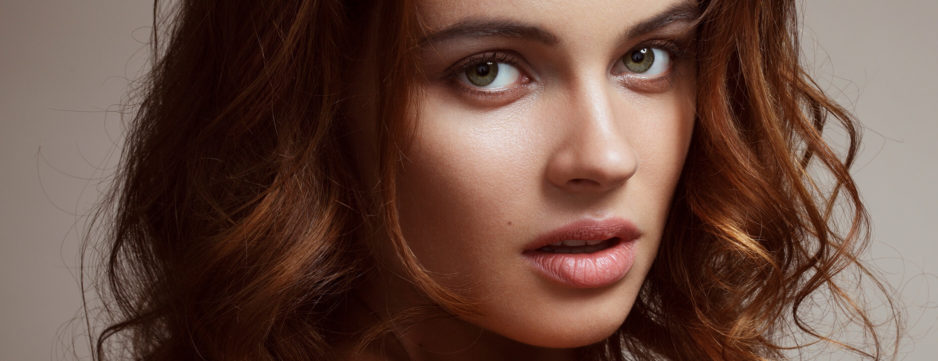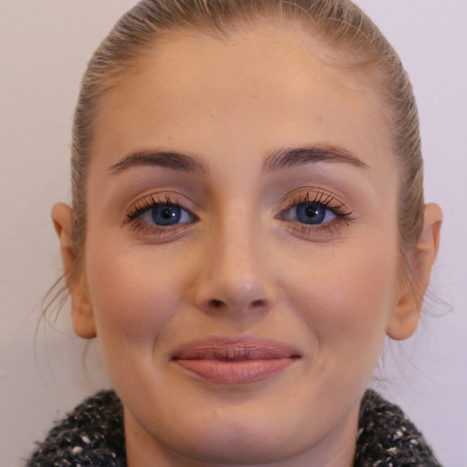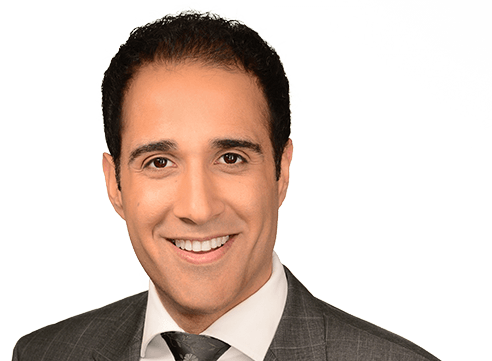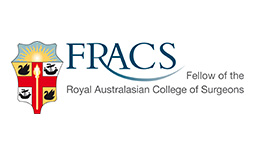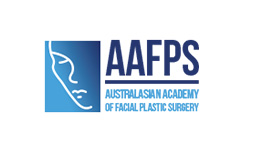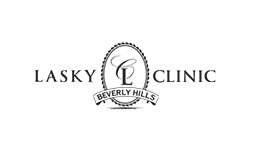Revision rhinoplasty
Reasons patients seek Revision Rhinoplasty
- The bridge of the nose is crooked or lopsided
- A bump or depression has formed
- The tip of the nose remains wide or low
- Asymmetry or pinching on the nasal tip
- Difficulty breathing, snoring, or congestion
- Deviated septum
- Collapse of nasal cavities
What went wrong during my primary Rhinoplasty?
Rhinoplasty is one of the most challenging facial reconstructive procedures. There is a delicate balance between form and function of the nose. Far too often surgeons compromise one at the other’s expense. When rhinoplasty is performed to improve the size and shape of the nose, it can disrupt the ability to breath properly. Also, improvements in breathing may have caused a disturbance in the way your nose looks.
As a result both aesthetics and breathing must be taken into consideration during rhinoplasty surgery. It is crucial that your surgeon have extensive training in both ENT (Ear, Nose and Throat) and facial plastic surgery.
Am I a Candidate for Revision Rhinoplasty?
Each patient’s complication is unique therefor surgical treatment must be individually customised to match the patient’s aesthetic and functional needs. During your consultation, Dr Choroomi will evaluate your nose. Photography and digital imaging will be performed to show what cosmetic changes may be possible with revision rhinoplasty surgery.
Be prepared to discuss:
- Your previous operation(s).
- Why you want revision rhinoplasty, including expectations and outcome.
- Medical conditions, drug allergies, and medical treatments.
- Family medical history.
- Use of current medications, vitamins, and herbal supplements.
Please bring:
- Previous operation reports.
- Before and after pictures from all operations.
If revision rhinoplasty surgery is right for you, Dr Choroomi will develop a treatment plan based on your needs. Patients will need to wait a full year before Dr Choroomi will consider performing revision rhinoplasty. Operating before this time would be a disservice as your tissues have not completely softened and swelling has not full subsided. Waiting a full year decreases the possibility of other irregularities being overlooked. During all cosmetic consultations all patients will undergo psychological screening and we may refer you to a psychologist.
How is Revision Rhinoplasty Performed?
The goal of revision rhinoplasty is to return form and function after a primary rhinoplasty. Dr Choroomi performs this procedure under general aesthetic. The length of the procedure can vary anywhere between 2-6 hours. An “open” technique is used for all revision cases. A small incision is placed across the nostrils and the tissue is lifted allowing better visibility.
Specific techniques used during revision rhinoplasty depend on the aim of the surgery. Shaving and refining techniques may be used to remove or reshape excess cartilage or bone in the nose. In more complicated cases where the nose needs to be rebuilt or restructured, cartilage from your own ear, rib or temple is used. The cartilage is harvested, carved and contoured to replace the cartilage (and bone) removed from previous surgeries.
Throughout the procedure Dr Choroomi checks to ensure there is a balance between the look and function of your nose. Dr Choroomi uses specialized instruments to straighten, widen or remove any cartilage that is blocking the natural flow of air. Endoscope cameras and Image Guidance technology may be used to safely navigate around your anatomy.
When the procedure is complete, the incision is closed and a cast is placed on the nose to support the bone during healing. Splints may be placed inside the nose to support the nasal cavities as they begin to heal. Gauze dressing is placed under your nose, like a mustache, to capture any mild oozing. If cartilage is removed, gauze will be sutured into the wound. Recovery is very similar to that of a primary rhinoplasty.
Recovery After Revision Rhinoplasty
Typically rhinoplasty revision surgery is an outpatient procedure; however in complicated cases Dr Choroomi may recommend you spend the night in a hospital.
Revision rhinoplasty recovery is very similar to primary rhinoplasty, you can expect:
- Bruising around your nose and eyes
- Swelling in the nose
- Difficulty breathing due to swelling
- Minor bleeding
- Mild congestion
If cartilage was removed from anywhere on the body, expect this pain to be worse than the nose itself as the wound will be quite tender. The wound’s gauze will be removed the day after surgery. Medication may be prescribed to help relieve any pain.
Your splints, cast and sutures will be removed 7 days after your operation. Physical activity must be reduced for two weeks to keep swelling at a minimum. Minor results will be seen after the bruising and swelling subside, typically around 2 weeks. Due to gravity the tip of the nose is the last to heal, swelling can take up to two years to completely subside.

